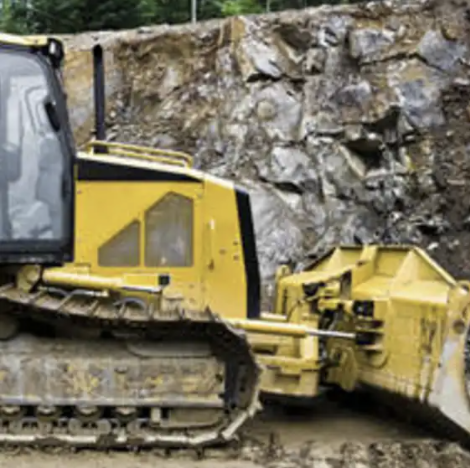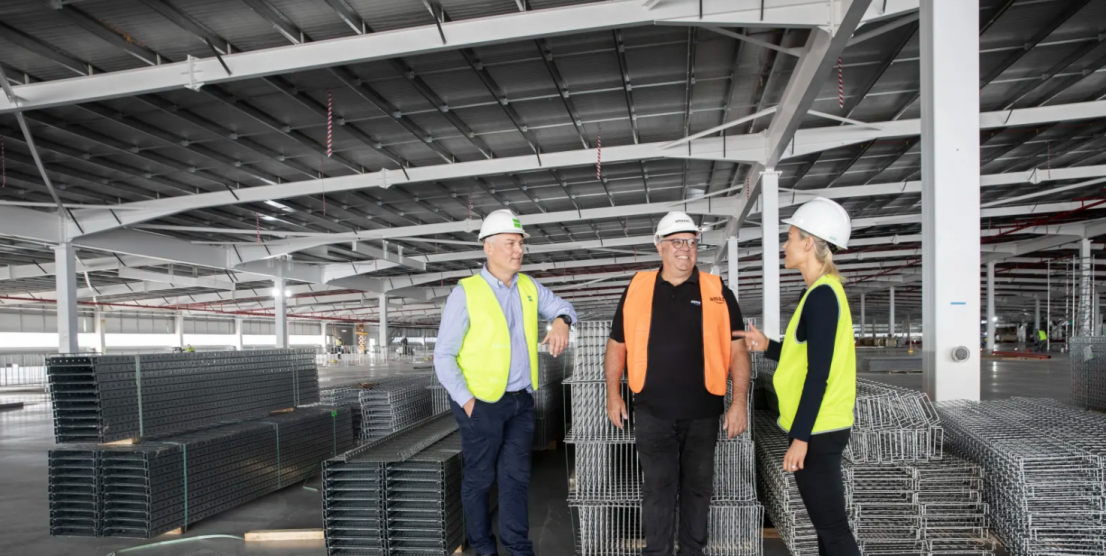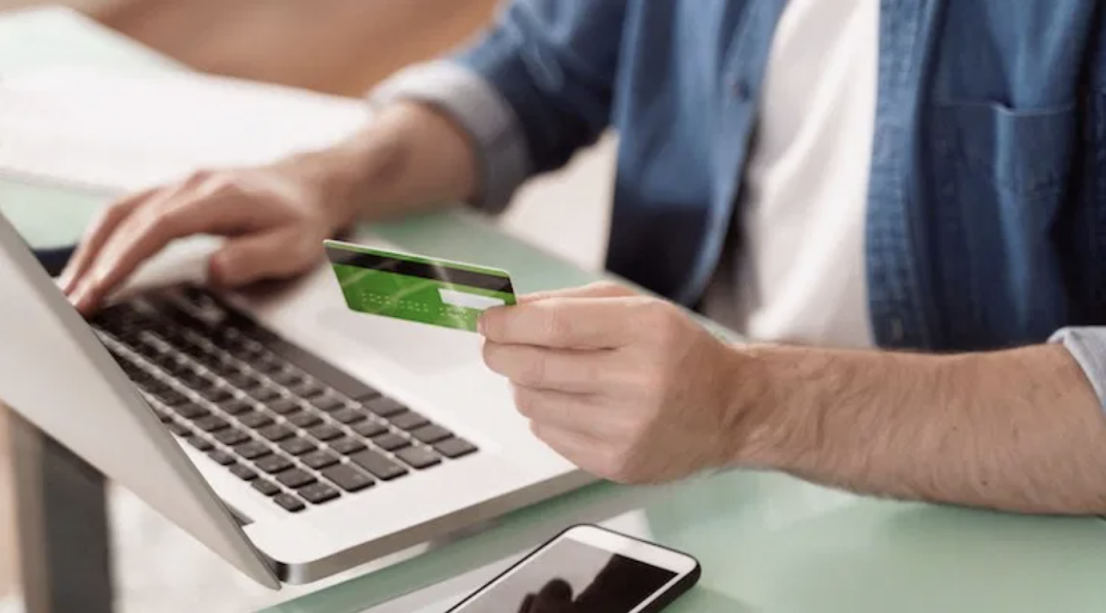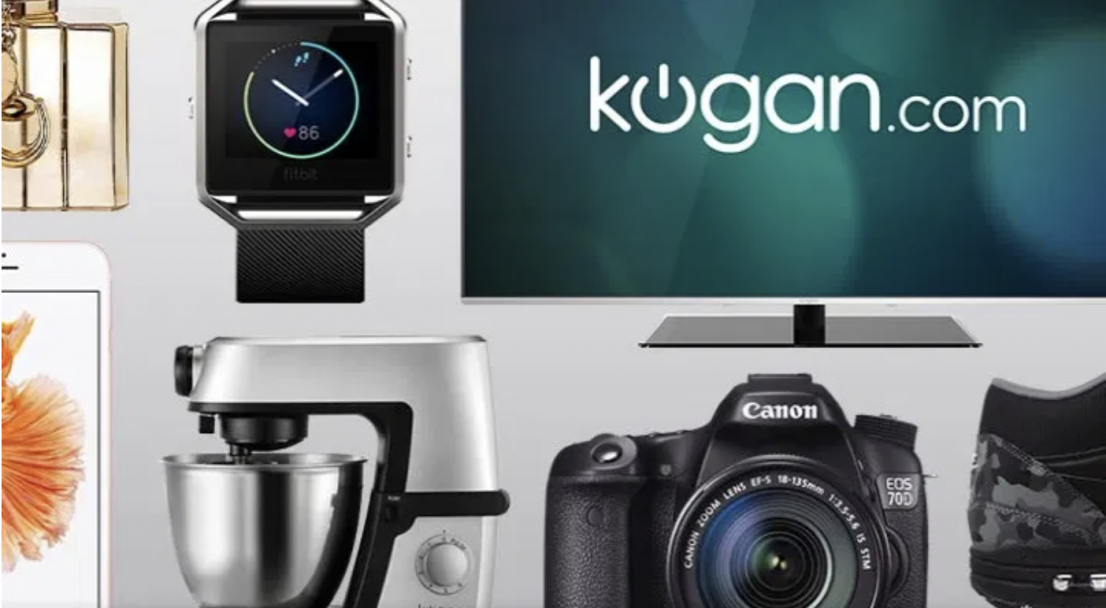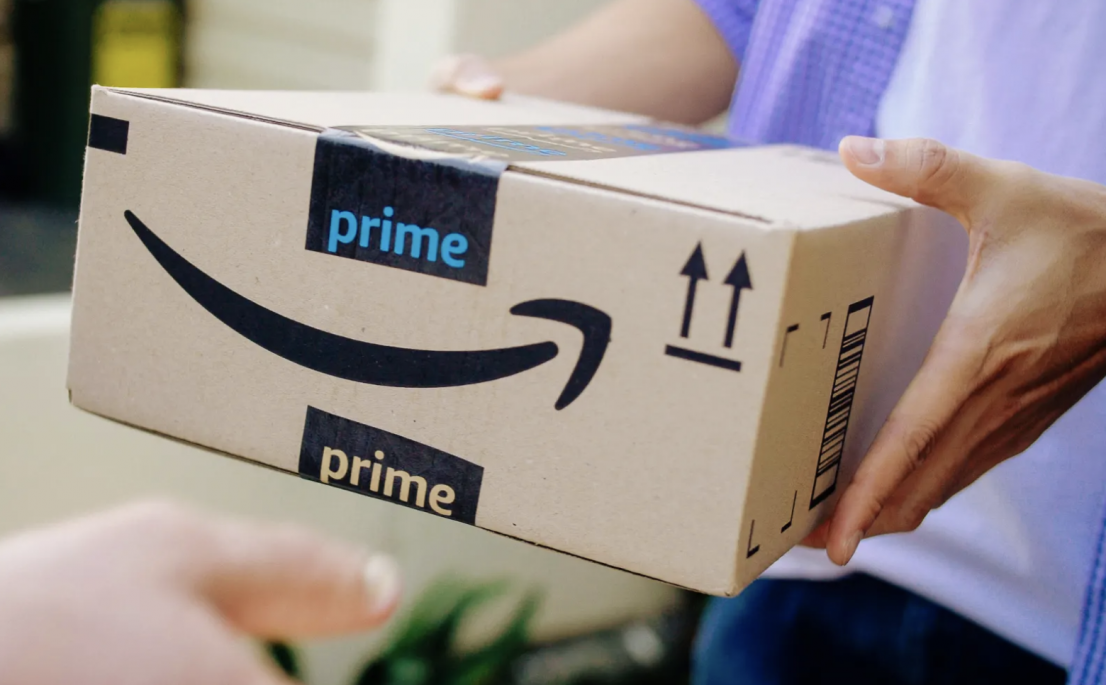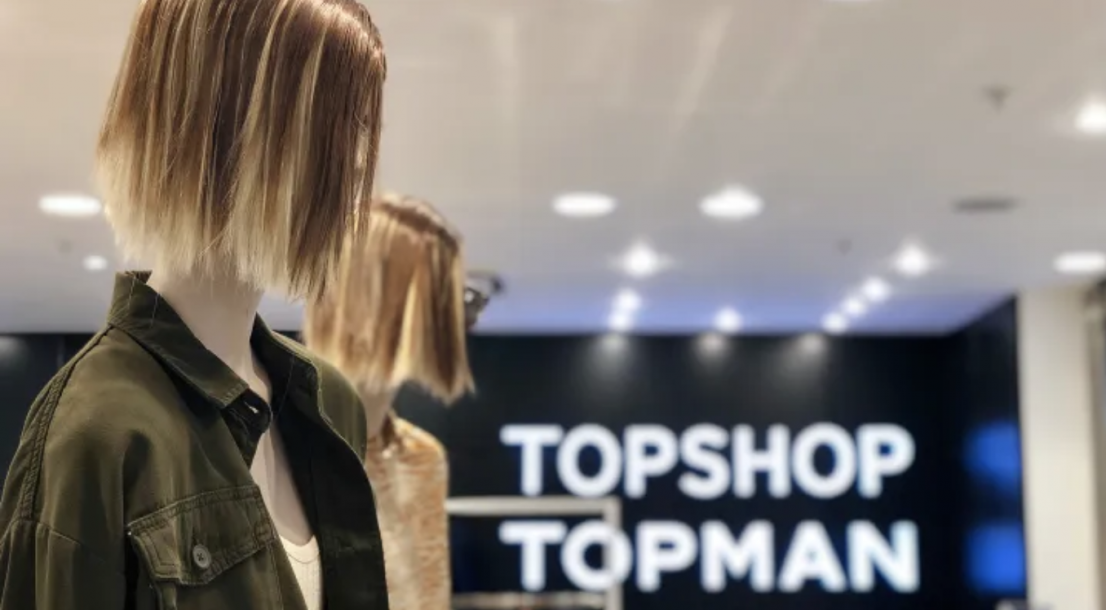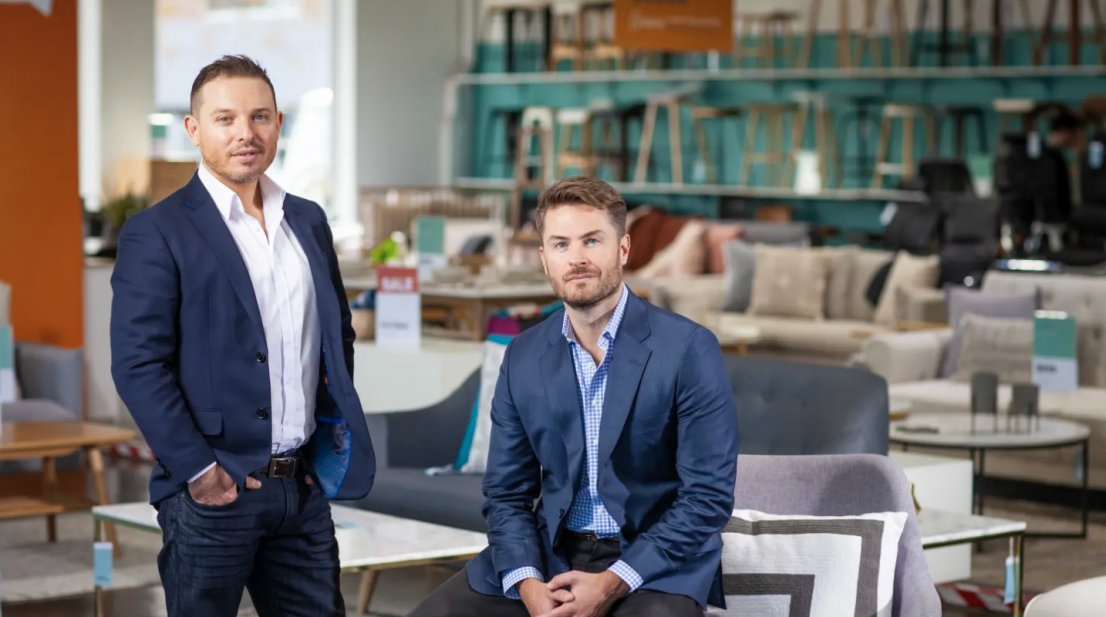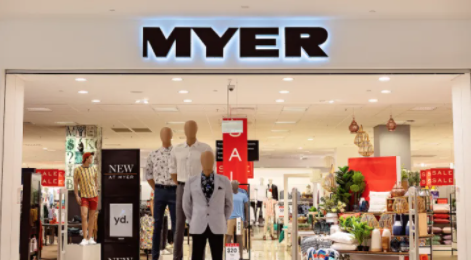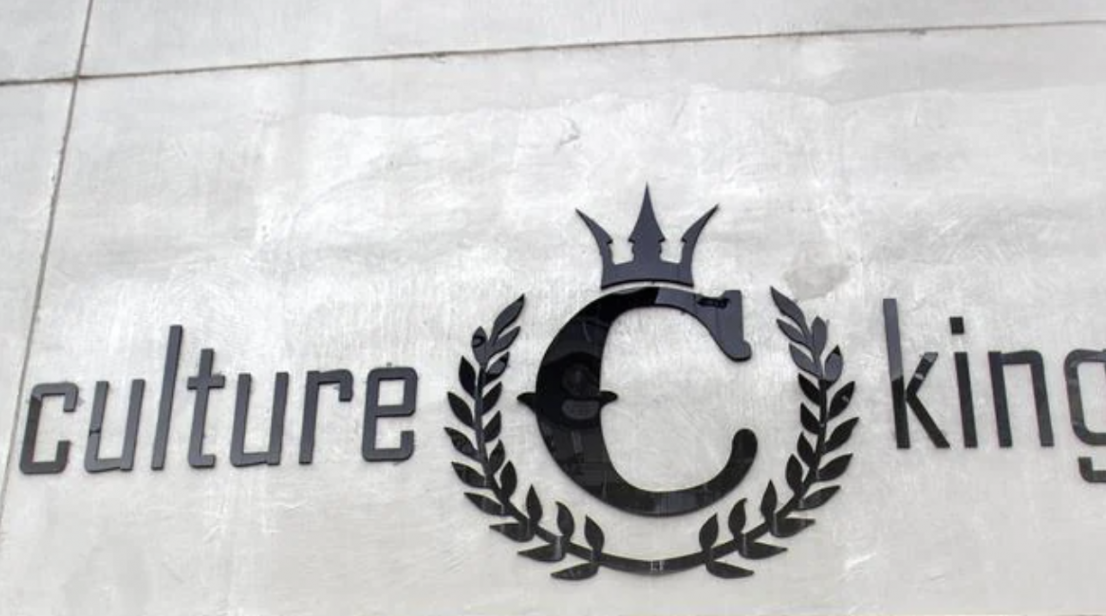
A young Australian couple who started their streetwear brand from a single store on the Gold Coast have sold a majority stake in their business in a deal valuing the retailer at $600m.
Simon Beard, 36, and his 32-year-old wife Tah-nee will sell part of their Culture Kings brand to US-based online retailer a.k.a Brands, which has plans to expand the business to the huge North American market.
Brisbane-based Culture Kings, which operates an online business and eight physical stores around Australia, last month hosed down suggestions it was in talks with US investors about being acquired.
The company, founded by the Beards in 2008 on the Gold Coast, now employs 500 people with a focus on online sales.
Mr Beard, who began his retailing career selling products on Alibaba, claims to have pioneered ‘schoolies’ merchandise on the Gold Coast.
Culture Kings, which boasts Justin Bieber, Drake and Ronaldo as clients, sells a modern clothing range targeted to millennials and teenagers. Its stores feature in-house DJs and a basketball shooting competitions designed to attract the young.
Mr Beard said he would stay on as chief executive and retain a stake in the company that would remain based in Brisbane.
A.k.a, which is backed by Boston private equity firm Summit Partners, has a portfolio of online retailers that includes youth-focused brands Gold Coast-based Princess Polly, Brisbane-based Petal & Pup, and Rebdolls. Australian-born NBA star Ben Simmons is investing in a.k.a. in conjunction with the Culture Kings transaction.
A.k.a Brands chief executive Jill Ramsey said Culture Kings was one of the most sought-after streetwear retailers in the world with significant growth opportunities.
“We will work with Tah-nee and Simon to introduce and expand the Culture Kings experience in existing and new geographies,” said Ms Ramsey. ”We are thrilled to have them join our portfolio of high-growth brands.”
A.k.a did not disclose the financial terms of the deal. The company had initial talks in 2020 with potential partners about expanding in the US, but the outbreak of the COVID-19 pandemic had delayed any deal. It is understood the latest deal values Culture Kings at around $600m.
Mr Beard said the deal would allow Culture Kings to expand and become the “number one destination for streetwear across the globe” with a focus on expansion in the US with new physical stores.
“Our vision has always been to create the next global retail phenomenon,” said Mr Beard. “We couldn’t have found a better partner than a.k.a. The US market is very large.”
He said he always envisaged Culture Kings would become a global brand and credited his wife being a linchpin of the business’ success.
The couple live on the Gold Coast and last year unveiled plans to dramatically expand their mega mansion to create a giant Bali-style “pool zone”. They bought the resort-style property in May for $11.75m.
Culture Kings has successfully pivoted during the COVID-19 lockdowns with 75 per cent of its sales now transacted online.
According to the company’s latest financial statement lodged with the Australian Securities and Investments Commission (ASIC), Culture Kings reported a profit after tax of $19.4m last financial year on revenue of $183.7m.
Culture Kings is not the first Australian retail brand to be acquired by Hollywood-based a.k.a. Brands, which has been on the hunt for new digital businesses since it was founded in 2018.
Over the past two years, it has bought Princess Polly, which claims to be one of fastest growing brands in the US for women between 16 and 25, and Petal and Pup, founded in 2015 by Tiffany Henry.
Queensland Treasurer and Investment Minister Cameron Dick welcomed the investment by a.k.a. Brands which was expected to create new jobs in Queensland as Culture Kings expanded in the US market. Mr Dick said the growth would include expanding warehouse and ordering operations at its Archerfield base.
“I understand Culture Kings is likely to employ dozens more Queenslanders over the next 12 months as a result of this deal,” Mr Dick said.
